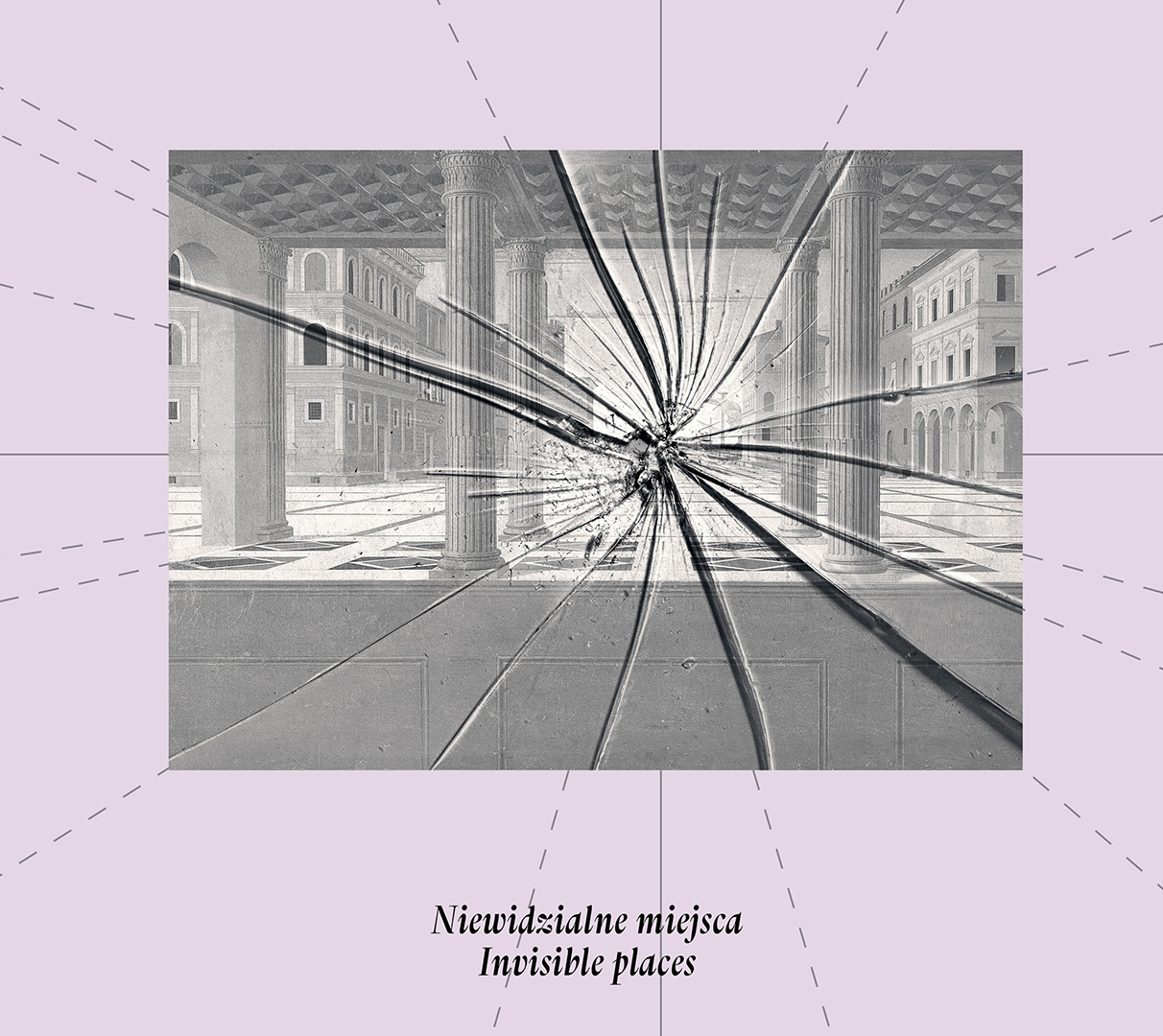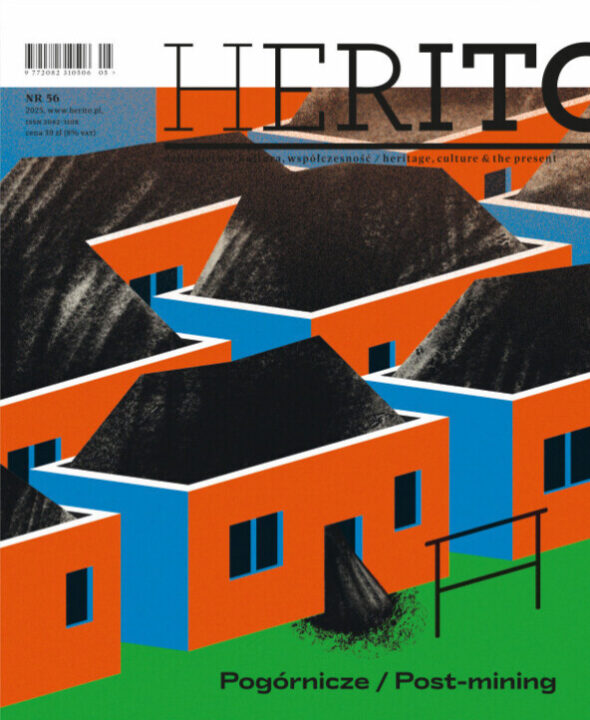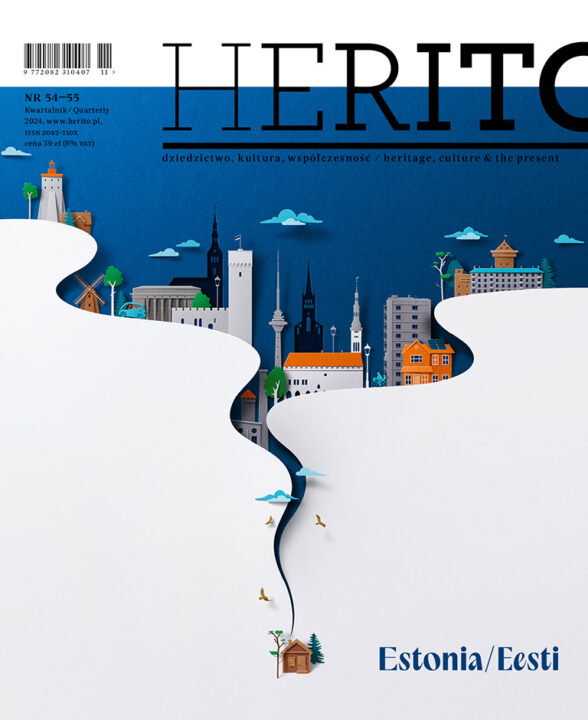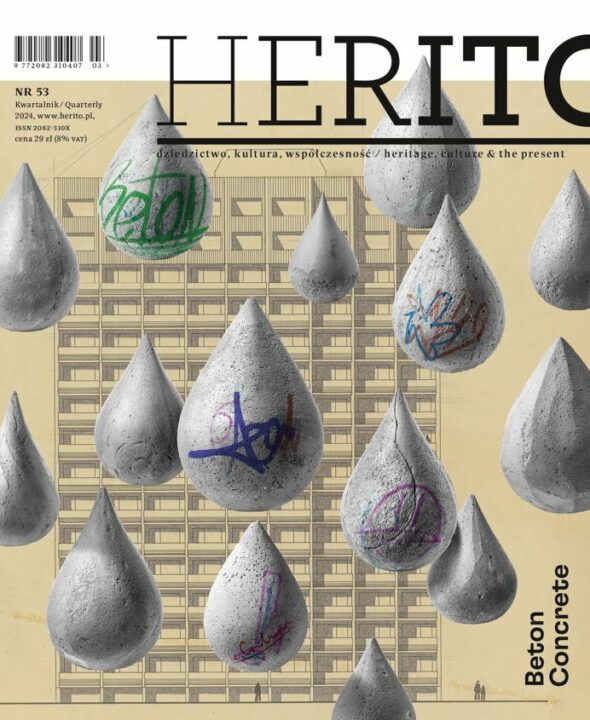Invisible places
Invisibility is not an empty concept or a neat rhetorical device from the margins of Italo Calvino’s book, but the lived experience of Central Europeans.The novel published in 1972, in fact a collection of imaginary travel accounts, was both a melancholic elegy and a map of the world drawn by Marco Polo for the Tartar ruler, Kublai Khan. The double issue of Herito, which is being prepared for the 30th anniversary of the ICC, is also intended to evoke places that have been overlooked, erased, and are not obvious.
The expression “invisible place” may seem like an oxymoron, because place is a changeable but crucial element of human identity. We are a species that creates places and loves them: topophilia, a term coined by the geographer Yi‑Fu Tuan, is still ignored. Yet topophilia is very close to the ideas that have accompanied the ICC and Herito since their inception: the search for Central Europe, reflecting on the city, rediscovering countries and regions, thinking in terms of landscape. At the same time, the need to explore what is unknown or abandoned is still present, because our discoveries never end.
We invited a group of authors, collaborators and friends to draw together an atlas of Central Europe that would contain all the metaphorical meaning of “invisibility”. For the inhabitants of our part of the world, where many cities and places are a palimpsest, and where borders have shifted so often that they have erased certain places like a rubber band, creating space for new ones, invisibility means perhaps more than anywhere else; invisibility is at once ruins and utopias, dreams barely outlined and those that have been reduced to rubble.
Free full text articles
Copyright © Herito 2020







